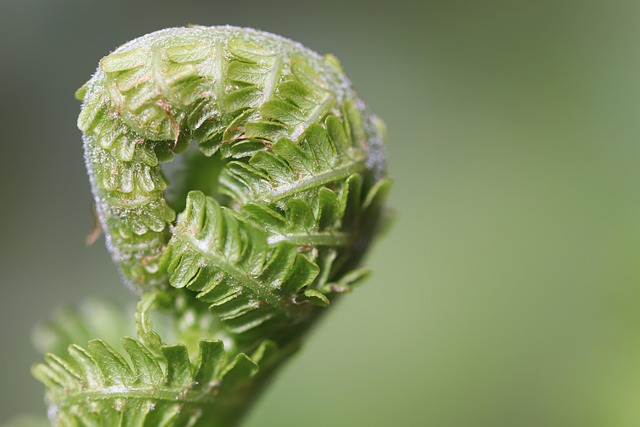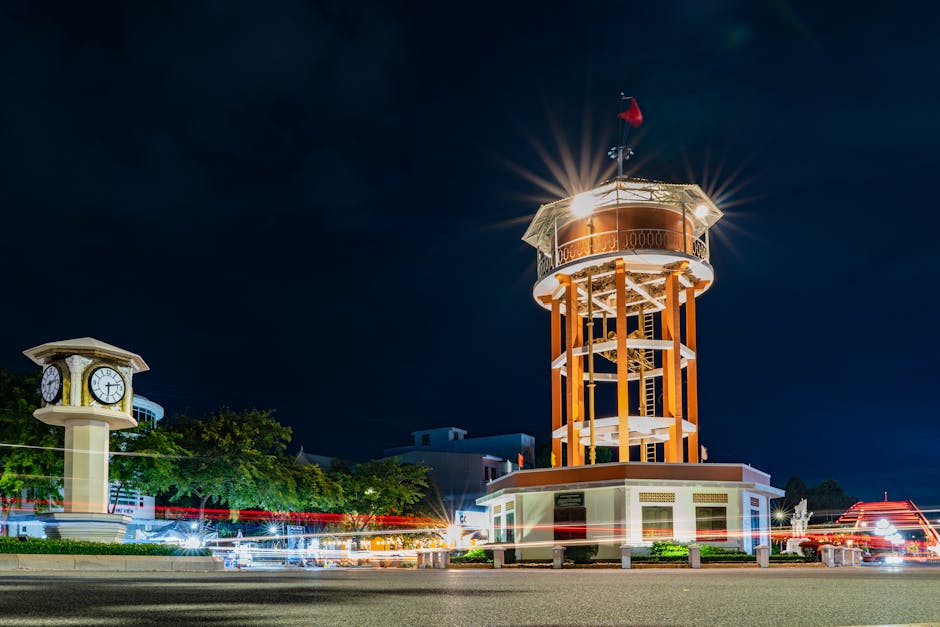Why Gardening in Small Spaces Is Worth It
You don’t need a backyard to get your hands in the dirt—or feel the benefits. Gardening in small urban spaces offers a mental reset. Tending to plants forces you to slow down. Watering something daily that isn’t your email inbox? That rhythm matters. It clears headspace and grounds you in something real.
Beyond the mental perks, there’s a practical upside: fresh herbs and salad greens within arm’s reach. Basil by the window, mint in a hanging pot—no more sad wilting bunches from the overpriced grocery store. You eat better, and it smells incredible while you’re at it.
Even the most uninspiring balcony or ledge suddenly carries life. What was once concrete or clutter turns green, textured, alive. It’s a quick way to give your space personality—and purpose. You’re not just decorating, you’re growing.
Small-space gardening isn’t about size. It’s about intention. The space might be tight, but the upside’s huge.
Assess Your Space First
Before buying seeds or pots, take a good, honest look at what you’re working with.
Start with light. South-facing windows are your best friend—especially in the Northern Hemisphere. They pull in the most steady, direct sun, which most herbs and veggies crave. East- and west-facing windows work too, but you’ll need to choose plants accordingly. Shaded balconies can be a tougher challenge, but not a deal-breaker—opt for shade-tolerant greens like lettuce or mint. Or consider grow lights if you’re determined.
Next up: measure your space. Grab a tape measure and jot down the width and depth of your windowsills, balconies, or kitchen corners. This will dictate what kind and how many containers you can realistically use. Go vertical if you’re tight on floor space—think wall planters or stacked shelves.
And don’t skip the fine print. If you rent or live under HOA rules, check what’s allowed. Some buildings limit the weight on balconies or ban railing planters. Others might restrict water drainage, so you may need saucers under all pots. Quick tip—use lightweight containers with built-in drainage to stay in bounds without sacrificing style or function.
Choosing the Right Plants
If you’re short on space but still want that fresh-from-the-garden vibe, start with herbs. Basil, mint, and thyme are reliable staples—they grow well on sunny windowsills, smell amazing, and pop right into your cooking. These aren’t just garnish plants. They’re hardy, don’t ask for much, and keep coming back with a little trimming and water discipline.
For low-maintenance veggies, think quick wins. Lettuce grows fast and doesn’t need fancy care. Radishes are forgiving and mature in just a few weeks. Cherry tomatoes take a bit more light and support, but the payoff is worth it—tiny bursts of flavor hanging from your windowsill.
If you’re more into greenery than harvesting, go the route of air-purifying stunners. Snake plants, pothos, and peace lilies help clean indoor air while making your place look better with hardly any effort. They thrive in imperfect conditions and bounce back from occasional neglect.
Pick a few of each—herbs for taste, veggies for pride, and leafy plants for vibe. Keep it simple, see what thrives in your space, and adjust as you go.
Smart Container Gardening Basics
Let’s start with the literal foundation: your container. Big enough is key—roots need space. A cramped pot equals stunted growth. As a rule, herbs and shallow-rooted veggies (like lettuce or radishes) do fine in 6–8 inch deep containers. Tomatoes or peppers? Go 12 inches minimum.
Drainage matters more than you think. No holes? You’re growing root rot, not basil. Either buy containers with holes or drill them yourself. Water needs somewhere to go.
Material makes a difference too. Clay pots breathe but dry out faster. Plastic holds moisture longer, though it can overheat on sunny balconies. Fabric grow bags strike a surprisingly good balance—lightweight, breathable, and space-flexible.
Now the soil. Skip the cheap dirt from the backyard (or worse, the parking lot). Good potting mix is your secret weapon—light, fluffy, and packed with organic matter. Even better? Mix in compost or worm castings to give plants a nutrient boost.
Finally, water smart. Overwatering is common—especially indoors. Stick a finger into the soil. If the top inch is dry, it’s time. Morning is best so leaves dry out and don’t invite mildew. And think deep waterings, not frequent sprinkles. You want roots reaching, not lounging near the surface.
Container gardening doesn’t require perfection—just attention. Get the basics right, and everything else gets easier.
Maximize Every Inch
When floor space is limited, think vertical. Wall planters are an easy way to add greenery without sacrificing square footage. They come in fabric, wood, and metal versions—just hang and plant. If you’re renting, look for no-drill options like adhesive hooks or tension rod systems.
Hanging pots also pull their weight. Dangle them from ceiling hooks near windows or over kitchen counters where you’ll actually use those herbs. Over-the-door racks, often used for shoes or pantry items, are surprisingly good for housing small potted plants or packets of seeds.
Balconies? Make them count. Window boxes and railing planters bring instant life to a dull edge. Choose shallow-root plants here—like lettuce, pansies, or basil—that don’t mind a breeze.
Got a blank patch of wall or an odd nook that gets sun? That’s shelf space waiting to happen. Simple DIY shelves can hold everything from thyme to baby greens. Just make sure they drain well and get at least a few hours of daylight. Think of it like building a bookshelf—but this one feeds you.
Light Hacks for Low-Sun Apartments
Not every apartment is blessed with floor-to-ceiling windows or sun-drenched balconies. That doesn’t mean your garden’s doomed—it just means you need to get strategic.
First up: grow lights. These are a game-changer when natural light just doesn’t cut it, especially in winter. Go for full-spectrum LED lights—they’re energy-efficient and mimic sunlight pretty well. Expect to spend anywhere from $20 for basic bulbs to over $100 for adjustable setups with timers. Mount them 6–12 inches above your plants and keep them on for 12 to 16 hours a day, depending on the type of plant. Herbs love the light, but too much can crisp up delicate leaves—watch and adjust.
Next trick: reflective surfaces. Mirrors, foil, or even white walls help bounce light back toward your plants. It’s a subtle shift, but it adds up—think of it as sunlight recycling. Place mirrors opposite windows or behind plant shelves. Just avoid overheating by not trapping too much warmth in one corner.
Last, don’t forget rotation. Plants will always lean toward light—so if you never spin them, you’ll get a lopsided jungle. Give pots a quarter turn every few days to help them grow straight and strong. Easy habit, big results.
With a few tools and tweaks, a dark apartment doesn’t have to shut down your garden dreams.
Pest Control Without Chemicals
Even in a top-floor apartment, you’re not immune to uninvited guests—aphids, spider mites, and fungus gnats are all common in indoor gardens. The first clue? Look for sticky leaves, webbing between stems, sudden drooping, or tiny flying bugs hovering around your soil. Catching issues early makes them way easier to manage, so check your plants often—especially under leaves and near the base.
For tackling pests without turning your windowsill into a chemical warzone, stick to natural deterrents. Neem oil is a solid go-to: mix it with water and a few drops of mild dish soap to create a spray that smothers a wide range of bugs. A simple dish soap-and-water mix works in a pinch, too. If you want preventative help, companion planting can actually do some of the work for you—certain herbs like basil and rosemary repel pests naturally.
The best pest control is not needing it in the first place. Keep things clean. Remove dead leaves. Don’t overwater—wet soil invites fungus gnats. And isolate new plants for a few days before introducing them to the mix. Think of it like plant quarantine. A little daily attention goes a long way toward keeping your indoor garden trouble-free.
Community Gardening (Yes, Even in an Apartment)
You don’t have to garden solo just because you live in a high-rise. Shared roof gardens, community-run urban plots, even park-adjacent planter boxes—most cities have a few tucked away. Start by checking local community boards, neighborhood Facebook groups, or your city’s Parks & Recreation website. You might be surprised how many gardens are looking for extra hands or first-time growers willing to pitch in.
Not ready to commit to a full plot? Try the old-school swap game. Share that extra basil with your neighbor, trade a tomato plant seedling for some mint, or leave a few cuttings outside your door—no app required. Simple swaps can spark great little conversations, and before long, you’ve got a building-wide barter system growing.
Beyond the plants themselves, community gardening is a quiet fix for urban isolation. There’s something solid about pulling weeds next to someone and leaving with both a few fresh greens and a decent chat. You get better at gardening—and maybe a little better at knowing your neighbors, too.
Bonus: Companion Planting for Apartment Gardens
Even in tight urban spaces, how you group your plants matters. Companion planting—pairing certain herbs and veggies together—can boost growth, improve flavors, and act as a natural pest repellent. This isn’t just farm wisdom; it works on balconies and sunny windowsills too.
Basil and tomatoes are a classic duo. Not only do they thrive in similar conditions, but basil also repels aphids and can enhance tomato flavor. Mint and cabbage go well too—mint chases off cabbage moths (just keep it in its own pot to prevent it from taking over). Nasturtiums, while not your typical kitchen staple, are a good decoy plant; they attract pests like aphids and spider mites away from more vulnerable crops.
For herbs, try grouping rosemary, thyme, and sage. They like the same dry-ish soil and sunlight, and they all deter common pests like whiteflies. Chives planted near carrots may improve root health and resist aphid attacks.
It’s a simple strategy with solid payoffs. Your limited space won’t limit what you can grow—as long as your pairings are smart.
Explore more combos and planting tips in the full guide: Best Companion Plants for a Flourishing Vegetable Garden.
Final Takeaways
Urban gardening isn’t about having the perfect setup—it’s about doing what you can with what you’ve got. Start small. One pot of basil on a kitchen sill. A couple of lettuce heads in reused containers. You’ll mess up, something might wilt, and that’s part of the process. Each mistake teaches you something. The key is to just begin.
Space will always be a limit, but it doesn’t have to be a barrier. A thriving garden can come from a balcony, window ledge, or even a bathroom with a glass block window. It’s not about size—it’s about care. Commit to giving your plants a little attention each day: a quick water check, a few minutes of sunlight shift, maybe wiping dust off leaves. Treat your plants like slow-growing roommates, and they’ll return the favor.
This isn’t a race. It’s a practice. Keep showing up, keep tweaking, and you’ll find your rhythm. A green, growing corner of peace is always within reach—even in an apartment stacked ten floors up.




